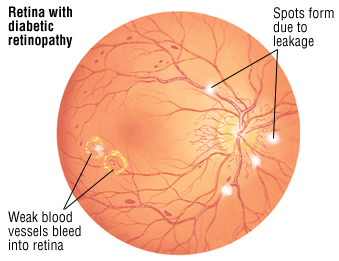Project Description
This project was designed to demonstrate how specialised nutrition designed for diabetes could reduce time spent in the Intensive Care Unit (ICU). While there is a large body of work showing the positive effect of specialised diabetic nutrition to manage glycaemic control and reduce mortality rates in hospitals, few studies are based on Asian data. Working with a hospital in Taiwan we analysed hospital patient records to measure the impact of Diabetic specific Oral Nutritional Supplements on outcomes in the ICU.
Why do this Project?
Diabetes is the 10th leading cause of death globally. In Australia 1.7 per cent of total deaths in 2011 with the major type of diabetes being Type 2. The statistics show that most to those suffering from diabetics are over 40.
Diabetes Creates a Significant Economic Burden on Health Care Systems
In 2007, the cost of diabetes was estimated at $174 billion, with $116 billion attributed to excess medical expenditures and 50% being spent on inpatient care.1
In Singapore MOH data suggests one in three is diagnosed with diabetes one in three is undiagnosed.2
In 2012, the cost of diabetes in the US was calculated by the American Diabetes Association to have increased 41% to $245 billion with $176 billion direct costs and $69 billion due to reduced productivity.3
Some of the Indirect Economic Outcomes of Diabetes
American Diabetes Association,2007 analysis of the indirect costs of diabetes:
- 6 million days of reduced productivity for those not in the workforce,
- 15 million work days due to absenteeism
- 107 million workdays lost due to unemployment disability due to diabetes (445,000 cases of unemployment disability in the US) 2
- 120 million work days with reduced performance
Why is Management of Diabetes Important?
Diabetes management is all about control of glycaemia (presence of glucose in the blood). The A1C test is a blood test that provides information about a person’s average levels of blood glucose. The A1C test is the primary test used for diabetes management and diabetes research. A percentage point drop in A1C can reduce the risk of microvascular complications by up to 40% (CDC, 2011). The figures below show some of the effect of poorly managed diabetes.




























